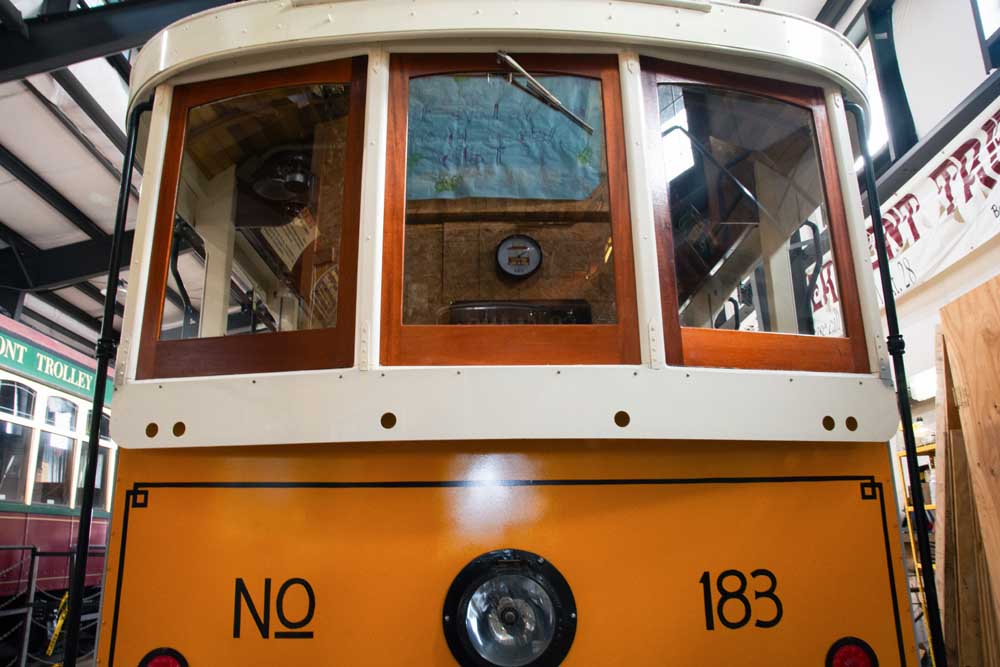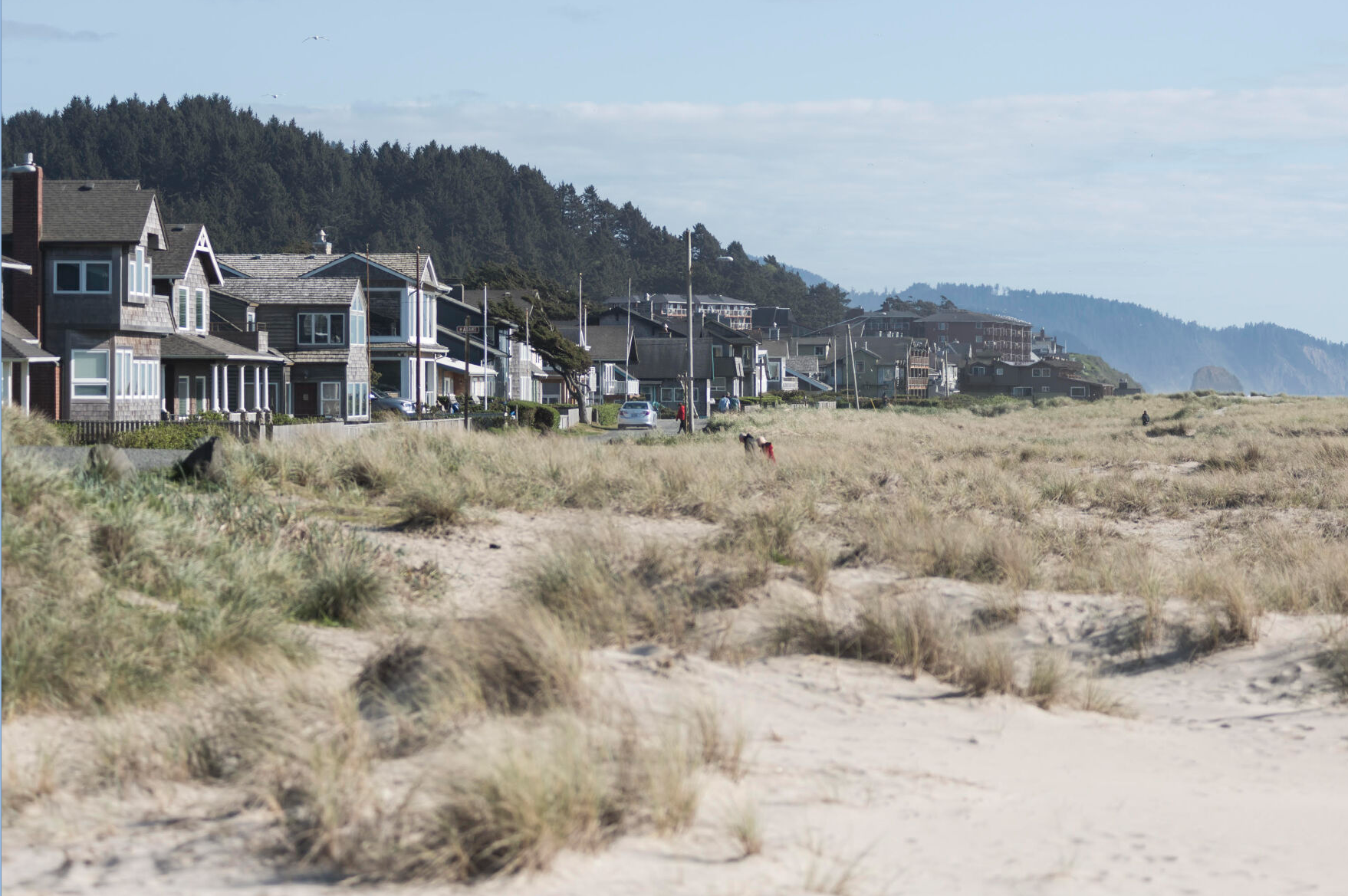Weekend Break: Tram 183, where are you?
Published 1:00 pm Friday, December 8, 2023

- Tram 183 will likely be ready for service in Astoria this spring.
The Astoria Riverfront Trolley Association has announced the arrival of a new companion to Old 300, the trolley that has plied the tracks on Astoria’s waterfront for the last 24 years.
Trending
The appearance of Tram 183 has created quite a stir.
The yellow- and white-trimmed car with bright finished hardwood has traveled a long and twisted track since its beginning in 1917 at the Duncan and Fraser Ltd. factory in Adelaide, South Australia.
The car was ordered as one of seven for service in the Melbourne Metropolitan tramway system. It was designed in what is known as the California style, with double open ends and an enclosed salon.
Trending
It entered service in Melbourne, Australia, in 1920 as car 183 and served in that system until 1935. That year, car 183 and three other cars were sold to the State Electricity Commission of Victoria for service in Ballarat, then Australia’s second-largest city, just northwest of Melbourne.
Ballarat was historically the center of Australia’s booming gold trade, but by the time these cars arrived, the gold had largely panned out and the city became an industrial town with woolen mills, agricultural machinery factories and health care facilities.
It was in Ballarat (named for a combination of two Aboriginal words, meaning “resting place”) where the tram car was rechristened as No. 30 and ran the rails as a part of an extensive public transport system. Remarkably, these old cars operated every day for the next 43 years. In 1971, they were retired in favor of modern trains and were put into storage.
The late 1970s and early 1980s saw an exodus of vintage tram cars from Australia. Dozens of the cars were exported to the U.S., Canada and South Africa. The late brothers Bill and Sam Naito bought No. 30 and arranged for shipment to Portland to display in the Old Town district in 1980.
The tram car was shipped to the Port of Tacoma along with its sister car, No. 272, on a West German ship, the Lillooet. It was then trucked to Glenwood, where restoration under the supervision of Paul Class, then museum director for the Oregon Electric Railway Historical Society, commenced for a static display at Waterfront Park. The display is considered one of the factors that led to the development of the historic trolley system downtown.
After the display, the tram was moved to a parking lot downtown. It was here where a catastrophic fire burnt the tram to the frame. It was considered a total loss, but in 2005 a benevolent trust in California purchased the remains and had the tram trucked to Class’ Gales Creek Enterprises shop in Willits, California. The company is a major rail restoration actor.
Now the remains, which consisted of the frame, running gear, motors and air compressor, began a complete restoration. The frame was reinforced, and the truck wheels and carriage were rebuilt. A new body of No. 14-gauge steel was constructed from scratch and a new salon and seating with newly-cast brass accents were made of choice hardwoods from around the world.
Great effort was made to remain true to the original configuration. Gales Creek Enterprises’ motto is “If it was built before 1918, we will fix it. If it was built after 1918 … you fix it.”
The restoration continued until 2023, when it was listed for sale.
In the spring, an advertisement for the tram appeared in historic railroad publications. This caught the eye of a Gearhart couple, who have donated funds for historic transportation projects, including the restoration of the Old No. 21 locomotive just down the track.
The trolley team sent representatives to California to inspect the car and soon a deal was struck for car Tram 183. Arrangements for delivery to Astoria were made for November.
Frank Kemp, the maintenance coordinator, and a group of volunteers unloaded the tram and secured it in the trolley barn on Industry Street.
“Now we have to make modifications to the tram and the car that carries the generator that powers the trolleys, the hitches need to be matched,” Kemp said. The tram has not run more than a few feet since 1971, but Kemp said his team of volunteer mechanics, engineers and welders are hard at work making the necessary changes.
Tram 183 will likely be renamed and should be ready for service in the spring. “Initially, she’ll be used as an excursion car for special events, but later we’ll use her for regular service when we take No. 300 out for much-needed extensive maintenance after 24 years in service,” Kemp said.
The car seats 36 passengers on its 32-foot, 6-inch frame and rests on a two-axle, single-truck carriage bearing two 50-horsepower General Electric motors operating at 600 volts. The air brakes are powered by the original General Electric compressor operating at 60 to 80 pounds per square inch with a mechanical backup.
Railroad buffs often describe historic train cars, trams and trolleys as having personalities. Sometimes, people tend to discount such anthropomorphic gestures, but just a few minutes in the trolley barn gives one a feeling of connection to something more than just a machine.
Today, two trams sit in residence on Industry Street, waiting to greet the public. The public is sure to embrace them for a long time. The efforts of many people over many years have finally come to fruition.









